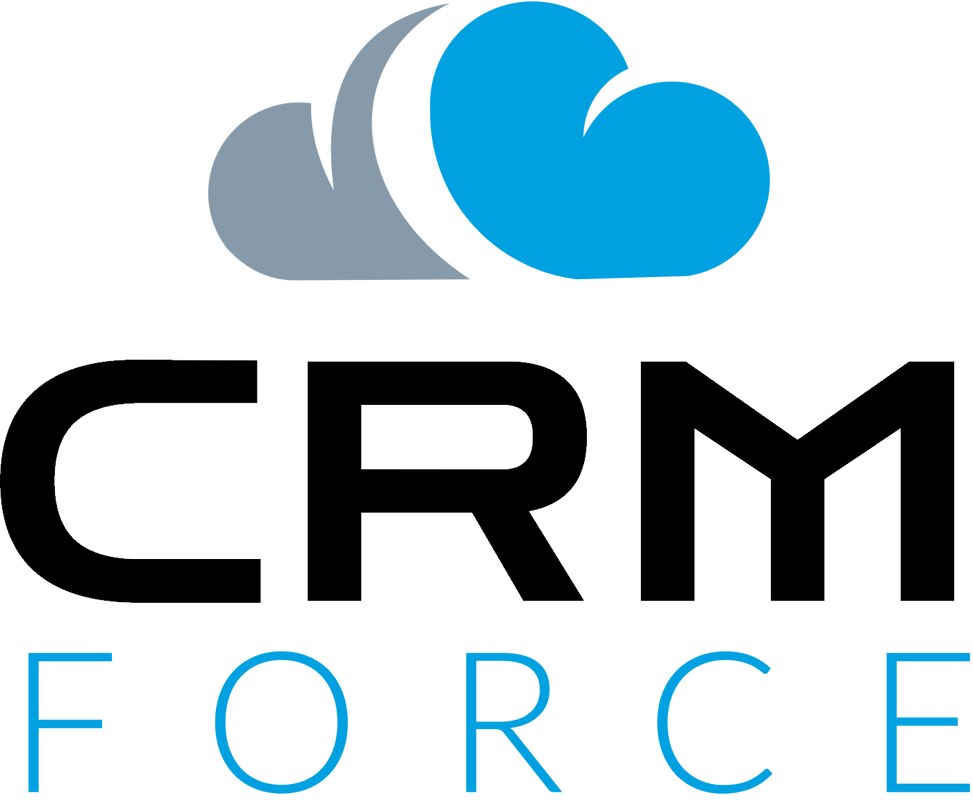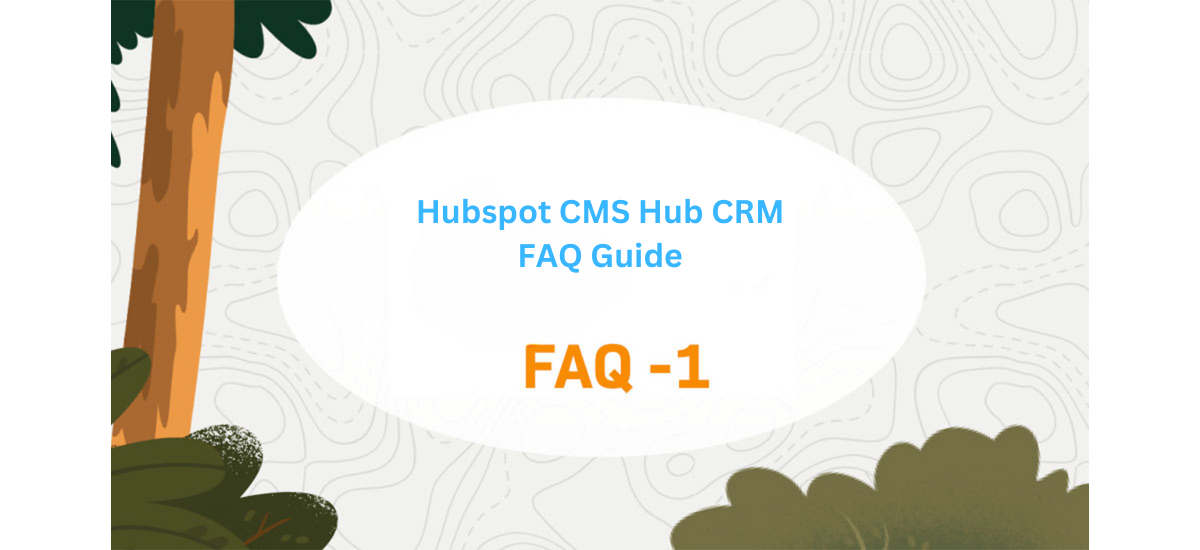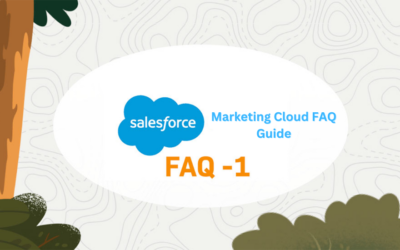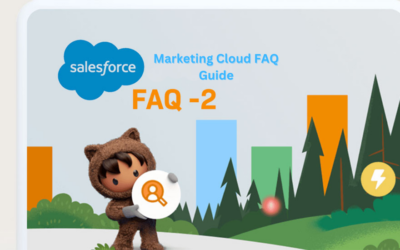In the realm of digital transformation, where seamless user experiences and effective customer engagement are paramount, the HubSpot CMS Hub emerges as a linchpin for businesses navigating the complexities of online presence. This comprehensive guide unfolds as a beacon, guiding users through the intricate landscape of HubSpot CMS Hub by answering the top 20 interview questions with precision and depth. From foundational principles like website customization and SEO strategies to the advanced realms of customization, e-commerce integration, and community engagement, this guide aspires to be an invaluable companion for both newcomers and experienced users seeking to harness the full potential of this dynamic platform.
Embarking on this exploration goes beyond a quest for answers; it’s an invitation to gain mastery over a tool that has become synonymous with strategic digital success. Each section in this guide is meticulously designed to not only address immediate queries but to cultivate a strategic mindset—empowering users to envision and implement a digital ecosystem that resonates with their audience. As we navigate through the top 20 questions, the objective is not just to provide information but to instill a profound understanding of HubSpot CMS Hub as a catalyst for business growth, innovation, and unparalleled user engagement. If you need assistance with Salesforce CRM setup and optimization, companies like CRM Force can provide valuable expertise and support.
1- What is HubSpot CMS Hub, and how does it differ from other content management systems?
Answer: HubSpot CMS Hub is a versatile content management system designed to empower businesses to create and manage their online content. Unlike traditional CMS platforms, HubSpot CMS Hub seamlessly integrates with HubSpot’s CRM, providing a unified solution for marketing, sales, and customer service. This integration enables businesses to personalize content based on customer interactions, streamline lead generation, and enhance overall customer experiences.
2- What is the significance of integrating HubSpot CMS Hub with a CRM tool?
Answer: Integrating HubSpot CMS Hub with a CRM tool is pivotal for aligning marketing and sales efforts. By connecting these two systems, organizations can centralize customer data, track interactions across various touchpoints, and gain a holistic view of the customer journey. This integration facilitates lead nurturing, allowing marketing teams to deliver targeted content based on CRM data, and empowers sales teams with valuable insights for more personalized and effective interactions.
3- How does HubSpot CMS Hub contribute to the overall marketing and sales strategy of an organization?
Answer: HubSpot CMS Hub plays a crucial role in enhancing marketing and sales strategies by providing a centralized platform for content creation, management, and delivery. It enables marketing teams to create dynamic and personalized content, optimize for SEO, and analyze performance metrics. For sales teams, the integration with CRM ensures they have real-time insights into prospect interactions, enabling more informed and tailored sales pitches. This cohesive approach strengthens the overall customer experience and drives conversions.
4- What is the process of creating a landing page in HubSpot CMS Hub?
Answer: Creating a landing page in HubSpot CMS Hub is a straightforward process. Start by logging into your HubSpot account and navigating to the “Marketing” tab. Select “Website” and then “Landing Pages.” Click on “Create a landing page” and choose a template based on your needs. Customize the page elements, including text, images, and forms, using the intuitive drag-and-drop editor. Ensure that the landing page aligns with your branding and messaging. Once satisfied, publish the page, making it accessible to your target audience.
5- How can you customize the design of a website using HubSpot CMS Hub?
Answer: Customizing the design of a website in HubSpot CMS Hub involves leveraging themes and templates. Start by selecting a theme that aligns with your brand aesthetics. Customize the theme by adjusting colors, fonts, and layout options to match your brand guidelines. For more granular control, create or modify templates to dictate the structure of specific page types. HubSpot’s design manager allows you to make these customizations efficiently. Regularly preview and test your changes to ensure a seamless and visually appealing user experience across devices.
6- What is the role of themes and templates in HubSpot CMS Hub development?
Answer: Themes and templates are foundational in HubSpot CMS Hub development. A theme serves as the overall design framework for a website, providing consistency in styling and layout. Templates, on the other hand, are reusable components that define the structure of specific page types. Themes and templates work in harmony, allowing developers to create and maintain a cohesive design language. This modular approach streamlines development, promotes design consistency, and facilitates efficient updates across the entire website.
7- What are the key benefits of integrating HubSpot CMS Hub with HubSpot CRM?
Answer: The integration of HubSpot CMS Hub with HubSpot CRM offers numerous benefits. Firstly, it enables seamless data synchronization between the website and CRM, providing a comprehensive view of customer interactions. This integration facilitates lead scoring and segmentation, allowing marketing teams to deliver targeted content based on CRM data. Additionally, it empowers sales teams with real-time insights, enhancing their ability to engage leads effectively and close deals. The unified platform fosters collaboration between marketing and sales, ultimately improving the overall customer experience and driving business growth.
8- What is the process of syncing contact data between HubSpot CMS Hub and HubSpot CRM?
Answer: Syncing contact data between HubSpot CMS Hub and HubSpot CRM involves a straightforward process. Begin by navigating to the “Settings” in your HubSpot account, then select “Integration” and choose “HubSpot CMS.” Here, you’ll find the option to connect your CMS with the CRM. Once connected, set up data synchronization preferences, specifying which contact data fields should be shared between the two platforms. HubSpot’s automation capabilities ensure that updates in one system are reflected in the other in real-time, maintaining data consistency and accuracy.
9- How does the integration enhance lead nurturing and conversion?
Answer: The integration of HubSpot CMS Hub and HubSpot CRM enhances lead nurturing and conversion through personalized and targeted engagement. As leads interact with your website, their behavior and preferences are captured in the CRM. Marketing teams can leverage this data to create tailored content and automated workflows, delivering the right message at the right time. Sales teams, armed with a deeper understanding of lead behavior, can engage in more meaningful conversations and provide relevant information. This personalized approach increases the likelihood of conversion, turning leads into satisfied customers.
10- How can you optimize content for search engines using HubSpot CMS Hub?
Answer: Optimizing content for search engines in HubSpot CMS Hub involves a strategic approach. Begin by conducting keyword research to identify relevant terms for your content. Integrate these keywords naturally into your page titles, headings, and body content. Leverage HubSpot’s SEO tools to set meta descriptions, customize URLs, and optimize images. Regularly monitor your site’s performance through HubSpot analytics, adjusting your strategy based on insights. Additionally, create and update XML sitemaps to ensure search engines can crawl and index your content effectively, enhancing your site’s visibility in search results.
11- What is the importance of meta tags and how to implement them in HubSpot CMS Hub?
Answer: Meta tags play a crucial role in providing information about a web page to search engines. In HubSpot CMS Hub, implementing meta tags is simple. Navigate to the page editor and locate the “Settings” tab. Here, you can set the page title, meta description, and other meta tags. Craft compelling and relevant meta descriptions that accurately summarize the page content. Ensure that your meta tags align with your targeted keywords, as this helps search engines understand the context of your content, ultimately improving your page’s ranking in search results.
12- What role does HubSpot CMS Hub play in improving website performance for SEO?
Answer: HubSpot CMS Hub contributes significantly to website performance for SEO by offering features that enhance user experience and search engine visibility. The platform provides tools for optimizing page speed, which is a crucial factor in search rankings. By utilizing HubSpot’s content delivery network (CDN) and image optimization features, you can ensure that your website loads quickly across devices. Additionally, HubSpot’s responsive design capabilities enhance mobile-friendliness, a factor that search engines prioritize. The platform’s built-in analytics enable continuous monitoring, allowing you to identify and address performance issues promptly, ensuring optimal SEO performance.
13- What tools and metrics are available in HubSpot CMS Hub for performance monitoring?
Answer: HubSpot CMS Hub offers a robust set of tools and metrics for performance monitoring. The platform’s analytics dashboard provides insights into website traffic, user behavior, and conversion rates. Key metrics include page views, bounce rates, and click-through rates. HubSpot’s integration with Google Analytics enhances tracking capabilities, offering a comprehensive overview of your site’s performance. Additionally, features such as A/B testing and smart content analytics allow you to refine your strategy based on data-driven insights, ensuring continuous improvement in performance.
14- How can you use HubSpot analytics to assess the effectiveness of marketing campaigns?
Answer: HubSpot analytics provides a comprehensive view of marketing campaign effectiveness. Begin by creating campaign-specific tracking URLs using HubSpot’s tracking URL builder. This allows you to attribute website visits, leads, and conversions to specific campaigns. Analyze the performance of these URLs in the HubSpot dashboard, measuring metrics such as traffic, engagement, and conversion rates. HubSpot’s attribution reporting further enables you to understand the impact of various touchpoints in the customer journey. By regularly reviewing these analytics, you can refine your marketing strategies, allocate resources effectively, and maximize the return on investment for your campaigns.
15- What is the significance of A/B testing in the context of HubSpot CMS Hub?
Answer: A/B testing is a valuable feature in HubSpot CMS Hub that allows marketers to experiment with variations of content and design to identify the most effective elements. Whether testing different headlines, images, or calls to action, A/B testing provides quantitative data on user preferences and behaviors. In the context of HubSpot CMS Hub, A/B testing can be applied to landing pages, emails, and website content. By comparing performance metrics such as conversion rates, click-through rates, and engagement, marketers can make informed decisions to optimize content and enhance the overall effectiveness of their campaigns.
16- What security measures does HubSpot CMS Hub have in place to protect websites from potential threats?
Answer: HubSpot CMS Hub prioritizes website security through a range of measures. The platform employs robust data encryption to safeguard information in transit. Additionally, HubSpot follows best practices for data storage, implementing secure protocols and access controls. Regular security audits and monitoring help identify and address potential vulnerabilities promptly. HubSpot also provides features such as two-factor authentication for added account security. The platform’s commitment to staying abreast of industry security standards ensures that websites hosted on HubSpot CMS Hub are well-protected against potential threats.
17- How does HubSpot CMS Hub facilitate compliance with data protection regulations?
Answer: HubSpot CMS Hub aligns with data protection regulations by incorporating features that support compliance. The platform enables users to configure privacy settings, allowing them to control the collection and processing of visitor data. HubSpot provides tools for creating and managing consent forms, ensuring that users have the option to grant or deny permission for data collection. Additionally, HubSpot’s commitment to data transparency and user control contributes to compliance with regulations such as GDPR. Regular updates and communication from HubSpot keep users informed about changes in data protection policies, fostering a trustful and compliant environment.
18-What is the role of SSL certificates in ensuring website security with HubSpot CMS Hub?
Answer: SSL (Secure Socket Layer) certificates play a vital role in ensuring website security by encrypting data transmitted between a user’s browser and the website server. HubSpot CMS Hub prioritizes website security by providing free SSL certificates for all hosted domains. This encryption not only protects sensitive user information but also contributes to improved search engine rankings, as Google considers HTTPS as a ranking factor. HubSpot’s automatic SSL provisioning and renewal processes simplify the management of SSL certificates, ensuring that websites hosted on HubSpot CMS Hub maintain a secure and trusted connection.
19- What are some common challenges faced during website migration to HubSpot CMS Hub, and how can they be overcome?
Answer: Website migration to HubSpot CMS Hub can present challenges, such as content formatting issues, URL structure changes, and potential SEO impact. To overcome these challenges, thorough planning and testing are essential. Conduct a content audit, create 301 redirects for changed URLs, and ensure that metadata is retained. Perform thorough pre-launch testing, involving stakeholders to identify and address issues early. Post-migration, monitor SEO metrics, address any ranking fluctuations promptly, and communicate changes to your audience transparently.
20- What are the steps involved in troubleshooting and resolving issues with website performance in HubSpot CMS Hub?
Answer: Troubleshooting website performance in HubSpot CMS Hub involves a systematic approach. Start by identifying performance metrics using HubSpot analytics. If issues arise, check for large media files affecting load times and optimize them. Review third-party integrations and scripts for potential bottlenecks. Leverage HubSpot’s content delivery network (CDN) for faster loading times. If problems persist, use browser developer tools to diagnose specific issues. Regularly monitor performance metrics and conduct periodic audits to ensure optimal website speed and responsiveness.
Conclusion
In conclusion, our journey through the intricacies of HubSpot CMS Hub has been a voyage into the heart of modern digital prowess. This guide, centered around the top 20 interview questions, has been more than a collection of answers; it’s been a roadmap toward mastering a tool that encapsulates the essence of effective content management and customer relationship building. As we wrap up this exploration, it’s clear that HubSpot CMS Hub is not just a platform; it’s a dynamic force that empowers businesses to navigate the complexities of the digital landscape. The CRM FAQ Guide has served as a guidebook, offering insights and strategies that extend beyond immediate problem-solving, aiming to cultivate a deeper understanding of how HubSpot CMS Hub can be strategically utilized for digital innovation and success.
In essence, this guide is a testimony to the transformative capabilities of HubSpot CMS Hub, shaping the future of digital engagement and content management. The CRM FAQ Guide has not only addressed common queries but has strived to instill a sense of empowerment among users, encouraging them to view HubSpot CMS Hub not just as a tool but as a catalyst for growth. As we conclude, may this guide continue to be a source of inspiration and knowledge, propelling businesses toward a future where digital strategies are not only effective but also deeply aligned with the evolving needs of their audiences. To learn more about how CRM Force can assist you in recruiting top CRM talent and optimizing your CRM strategies for successful drip campaigns, contact us today. Together, let’s maximize your customer engagement Contact Us today.





